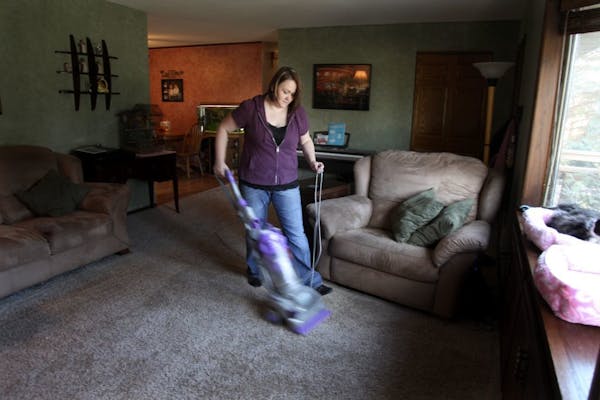No temp, but coughed all night. Should your child go to school or stay home? How about your child's stomachache -- is it serious? Parents face this dilemma throughout the school year, but especially in winter, as they balance the pros and cons of a recovery day at home for their child with what will be missed at school.Even though schools usually have some kind of health office, you as a parent need to make the decision. That caring "nurse" who tests your child's forehead really can't do much more than that -- and likely is not a registered nurse. Though that person can take temperatures, dispense some meds (with a doctor's permission), follow school guidelines and use best judgment, he or she can't diagnose an illness. Nor is the school office an infirmary. A cot for a brief rest is all that can be provided.
Still not sure about that headache or stomachache?
"If in doubt, keep them out" is the general rule from teachers and health aides. You might keep your child from getting sicker -- or classmates and teachers from getting sick themselves. A recent study conducted by Dr. Charles Gerba and the University of Arizona found that in K-12 schools, the spot with the most bacteria is the cafeteria table. That was followed closely by computer mouses, bathroom paper towel handles, water fountains and sink faucets.
Teachers are known to keep their classrooms stocked with hand sanitizer and disinfectant wipes, not only for the kids, but also for themselves. They preach and practice frequent handwashing, too. Still, almost every teacher gets at least one infection every year that can be traced to what's going around the classroom.
"One sick kid can infect a few others, who bring the bug home to family members, who then bring it to work and back to school with brothers and sisters, starting the cycle all over," said Kathy Kasten, a Faribault teacher.
How many sniffles can one class have? By the end of the school year, elementary classrooms often have run through the 30-plus boxes of tissues that students bring in during the fall.
At home, keep up the handwashing techniques in case your children bring home more than their homework. And remember, if you pay attention to nutrition (yes, chicken soup really does soothe a sore throat and reduce congestion), get plenty of rest and dress warmly, you and your family will improve your chances of enjoying a healthy Minnesota winter.
More to consider
Some conditions, though not contagious, may interfere with students' ability to pay attention or do schoolwork. Keep kids home if they have persistent pain, dizziness or are overly tired. For the latter, try to stick with a consistent bedtime for them, preceded by low-key activities.
Then there's the less serious, but more dreaded condition: head lice. Check your child's hair if you notice your child rubbing or itching the scalp. Look for specks like tiny bits of glue. Head lice are highly contagious, so keep your child home until the day after treatment and no nits are present.
If you're not sure, take your child to the health office before going back to class. Health office staff are pros at recognizing those pesky critters. Most teachers will tell you that their own scalps start itching when a head lice case pops up in their classroom.
Most schools have a checklist on illness to help you make your decision on school attendance (see your school's handbook or website).
G.J. Olson is a retired teacher and freelance writer from Faribault, Minn.
